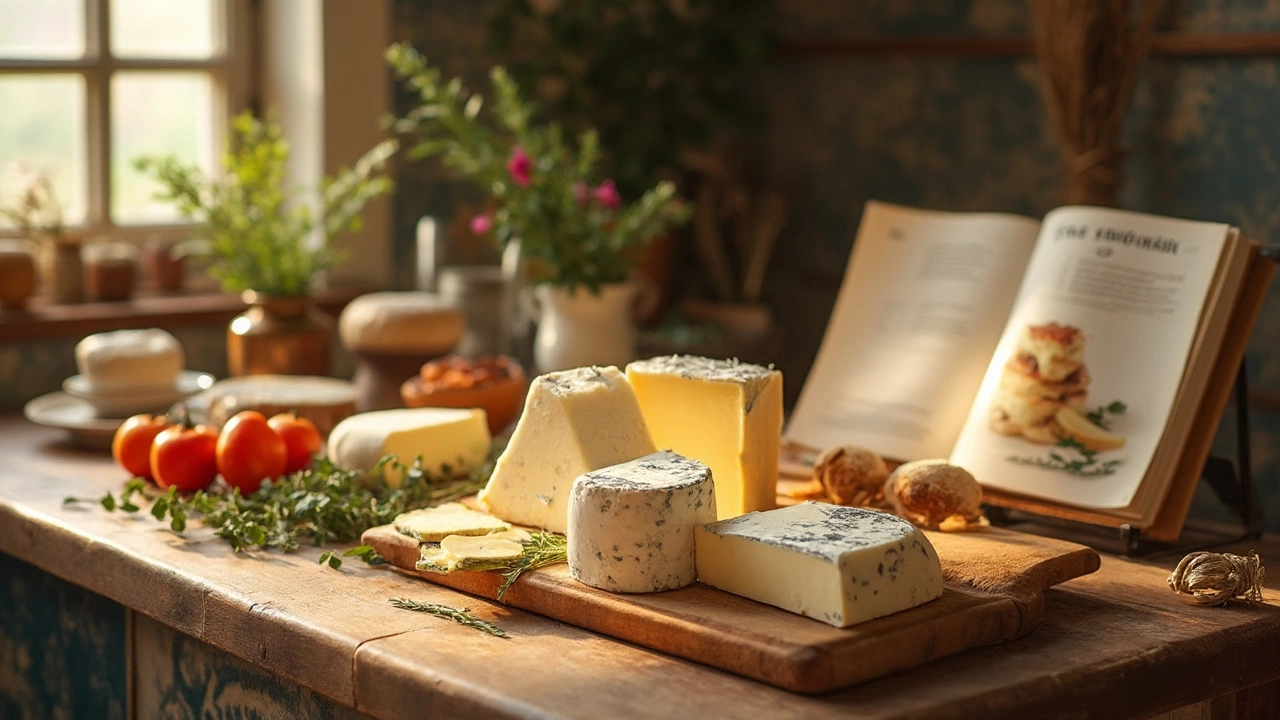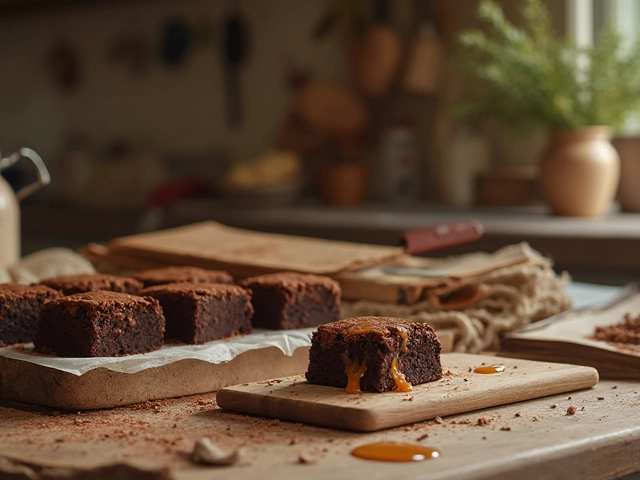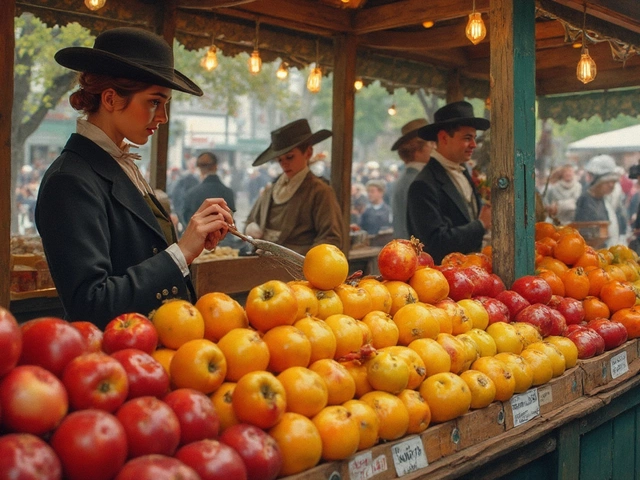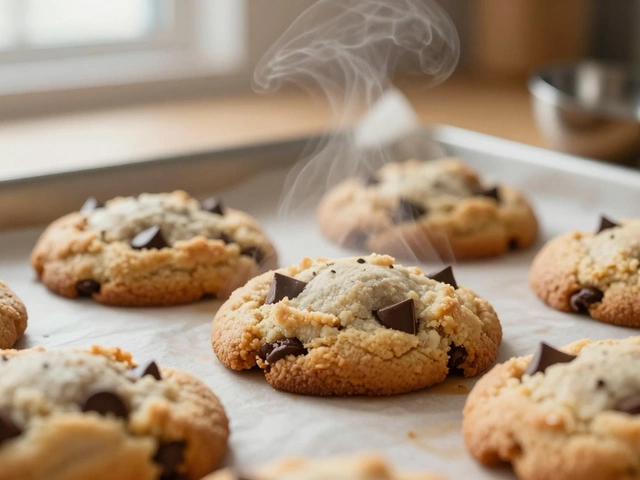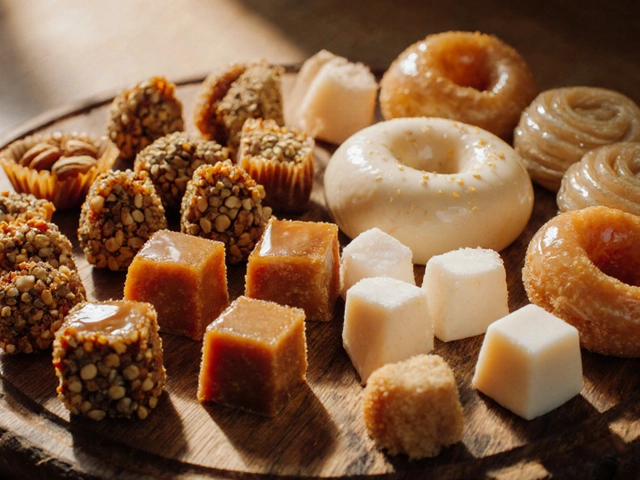Cheese Comparison: How to Choose the Right Cheese for Baking and Flavor
Cheese can make or break a recipe, but with so many options it’s easy to feel stuck. Want a cheese that melts smooth, a tangy bite, or a creamy base for frosting? This guide walks you through the main factors to compare so you can pick the perfect cheese every time.
First, think about texture. Some cheeses stay firm when heated (like halloumi), while others melt into a silky pool (like mozzarella). Knowing whether your dish needs a stretch or a stable crumble helps narrow the field fast.
Key Factors to Compare Cheese
Moisture content is the biggest driver of melt. High‑moisture cheeses (cream cheese, ricotta) stay soft and are great for cheesecakes or frosting. Low‑moisture cheeses (parmesan, aged cheddar) melt less and add a sharp bite, perfect for topping a cake or sprinkling over a dessert.
Flavor intensity varies a lot. A mild cheese like mozzarella lets other ingredients shine, while a pungent blue cheese can dominate a bite. Taste a small piece of each cheese before you decide – your palate is the best tool.
Fat level affects richness. Full‑fat cheeses give a luxurious mouthfeel in frosting or ganache. If you’re watching calories, go for low‑fat options like part‑skim mozzarella, but expect a lighter texture.
Age matters too. Fresh cheeses (cream cheese, goat cheese) are soft and tangy; aged cheeses (cheddar, gouda) develop deeper, nutty notes. For a dessert that needs a subtle background, choose a fresh cheese; for a bold statement, reach for an aged variety.
Cheese Pairings for Baking and Desserts
When you’re making a cheesecake, cream cheese is the classic choice because it’s smooth, neutral, and folds well with sugar. Want a richer twist? Swap half the cream cheese for mascarpone – you’ll get a silkier texture and a faint buttery flavor.
For a fruit‑topped cake, try a light goat cheese frosting. Its slight tang cuts the sweetness of berries and keeps the cake from feeling heavy. If you love salty‑sweet combos, crumble a bit of feta on top of a honey‑drizzled pound cake.Chocolate lovers, meet your new best friend: ricotta. Blend ricotta with cocoa powder and a touch of sugar for a low‑fat chocolate mousse that’s still creamy. It’s a great alternative to heavy cream.
If you need a meltable cheese for a layered dessert like a baked fruit crumble, go with a mild cheddar or gouda. Slice thinly, layer over the fruit, and bake – the cheese will melt just enough to create a golden crust with a subtle savory edge.
Finally, remember that storage influences flavor. Keep hard cheeses wrapped in parchment and then foil; soft cheeses belong in airtight containers. Fresh cheeses should be used within a week for best taste.
By comparing moisture, flavor, fat, and age, you’ll always land on the right cheese for your bake. Experiment with small swaps, note the changes, and soon you’ll have a personal cheese cheat‑sheet that makes every dessert a win.
